Inheriting and following the footsteps of previous generations of scholars such as Vietnamese scholar Léopold Cadière (aka Co Ca), Thanh Lang, Hong Nhuệ Nguyễn Khắc Xuyên, Đỗ Quang Chính... in the field of "missionary linguistics" research, Phạm Thị Kiều Ly completed a very elaborate book. If the work History of the National Language Script 1620 - 1659 by Priest Đỗ Quang Chính (Raôi Bookcase, 1972, reprinted many times) limited the research time frame and only focused on exploiting documents in the Jesuit archives in Rome, Phạm Thị Kiều Ly went further, not only pushing the research timeline to 1615 - the time when the first Jesuit priests set foot in Đàng Trong, but also expanding the exploitation of many newer sources of documents from archives in Rome, Paris, Lisbon, Ávila and Madrid.
K DARK PAINTING OF THE MERIT OF THE IV VIETNAMESE
The history of the national language parallels the history of the spread of Christianity in Dai Viet (now Vietnam) since the 1620s in Dang Trong and then Dang Ngoai, and was continued during the period when the French colonialists conducted the expedition to Cochinchina, leading to the period of French domination of Dai Nam (now Vietnam), with policies to gradually put the national language into use in administrative documents, education, and newspapers, especially the milestone of abolishing the last Hoi exam in Hue in 1919, aiming to gradually cut off the influence of Chinese characters as well as the influence of Chinese culture...
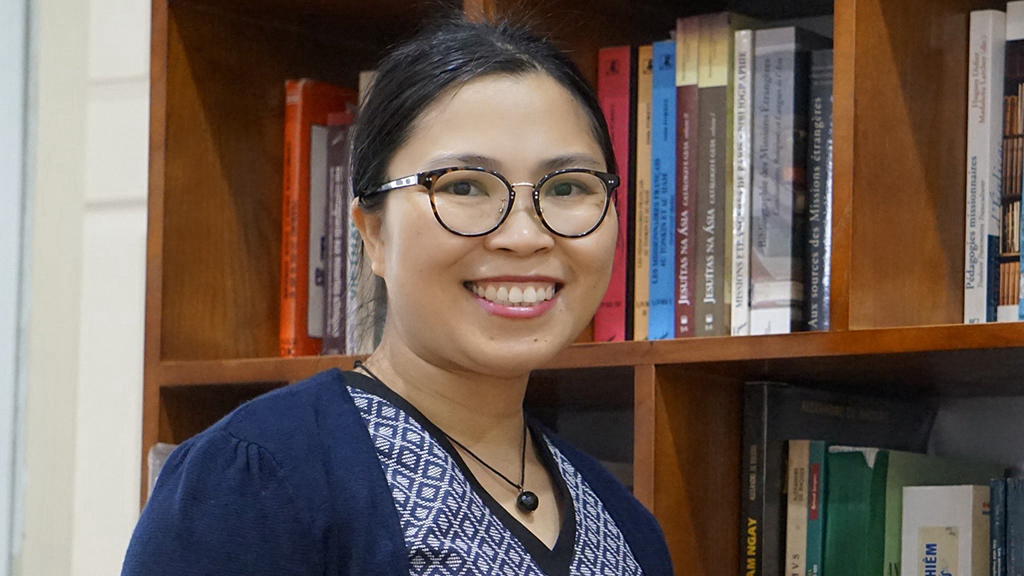
Dr. Pham Thi Kieu Ly
Previously, politically , the French had separated China's influence from Dai Nam since the Giap Than peace treaty (June 6, 1884) and the Tientsin peace treaty (June 9, 1885). France considered China's suzerainty over Dai Nam to be only a diplomatic ritual, and China considered it as acknowledging the Giap Than peace treaty between France and Dai Nam.
The creation of the national language or the process of Latinizing Vietnamese is a special case in the Far East - the only language in the region today that uses an alphabet called Latin.
At that time, when they came to Dai Viet to evangelize, the Jesuit missionaries used two main tools to learn the new language: "recording the sounds of those languages using the Latin alphabet and describing that language according to the Latin grammar model".
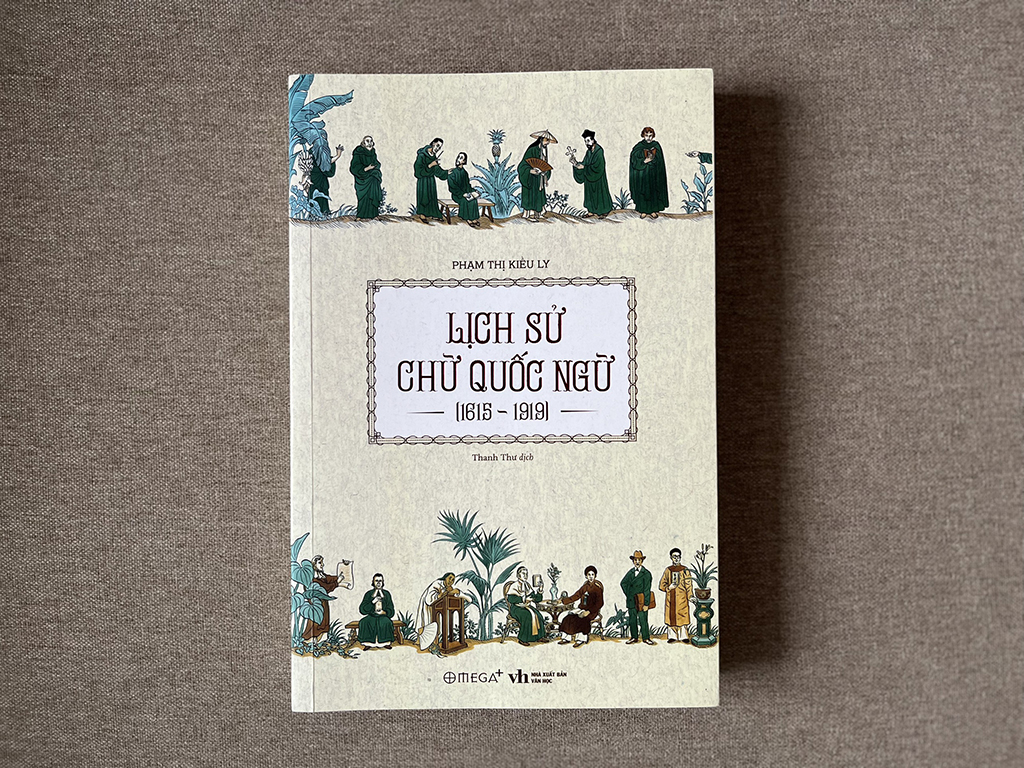
Cover of the book History of Vietnamese Script (1615 - 1919)
This entire process was thoroughly explained by Pham Thi Kieu Ly in her work History of the National Language (1615 - 1919). In addition, the author also partly portrayed the role and contribution of Vietnamese teachers in the process of forming and developing the national language, or the Jesuit priests and the Paris Foreign Missions priests who opposed each other and had differences in the goal of training native Vietnamese priests, so they implemented different language policies. However, both sides considered the national language an effective tool for learning Vietnamese...
DEDICATING A WORK OF GREAT STANDARD AND IMPRESSION
Researcher Pham Thi Kieu Ly confided in the book's introduction that "the purpose of this book is to provide readers with the most comprehensive view possible based on the exploitation of documents" that she has accessed, and that this work "only modestly contributes a small brick to clarifying the historical process of the past 400 years".
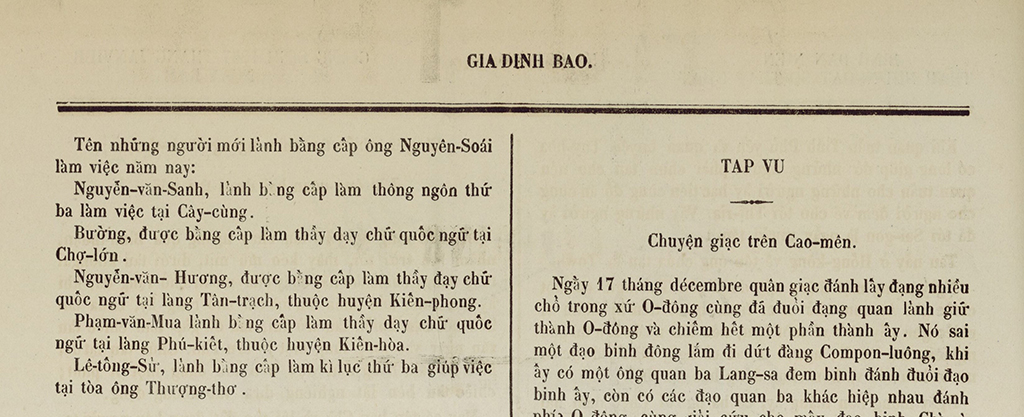
Gia Dinh Newspaper No. 1, 1867, talks about teaching "national language" (left column)
National Library of France
That modesty cannot obscure the important and new contributions of the work History of the National Language (1615 - 1919) to the study of the history of the national language, for example: Placing the creation of the national language in the general context of missionary linguistics worldwide ; reconstructing in detail the early period of the creation of the national language through the collection and analysis of a large number of manuscripts; pointing out important milestones such as the first appearance of the Latin script of Vietnamese in a document in 1617 while previous scholars believed that it had not appeared in documents before 1621, or the first "conference" on the national language of missionaries in Macau (China) in 1630...
Through the History of the National Language (1615 - 1919), author Pham Thi Kieu Ly has painstakingly exploited documents and researched, offering readers a work of the most significant stature ever, about the history of the formation and development of the national language. Besides summarizing a history of writing, Pham Thi Kieu Ly also included equally important stories such as the history of missionary work, the history - politics of Vietnam from the monarchy to the colonial and protectorate periods, and to some extent, stories about the history of journalism, culture, and education in Vietnam at a certain period.
Pham Thi Kieu Ly defended her doctoral thesis at Sorbonne Nouvelle University (France) in 2018 on the history of the national language, the history of Vietnamese grammar and missionary linguistics. Dr. Pham Thi Kieu Ly is currently a lecturer at the School of Interdisciplinary Sciences and Arts - Vietnam National University, Hanoi, a member of the Institute for Historical Studies of Linguistic Theories - French National Center for Scientific Research.
Source: https://thanhnien.vn/lich-su-chu-quoc-ngu-1615-1919-nhung-nguon-tu-lieu-moi-185240614193200294.htm


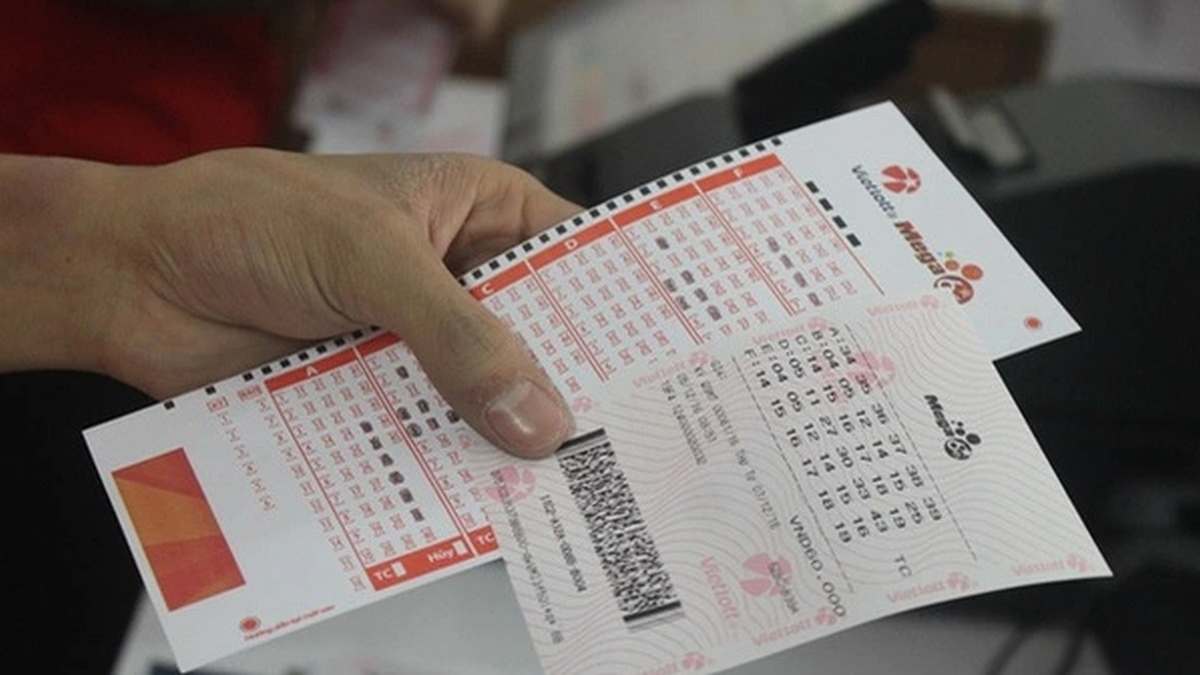

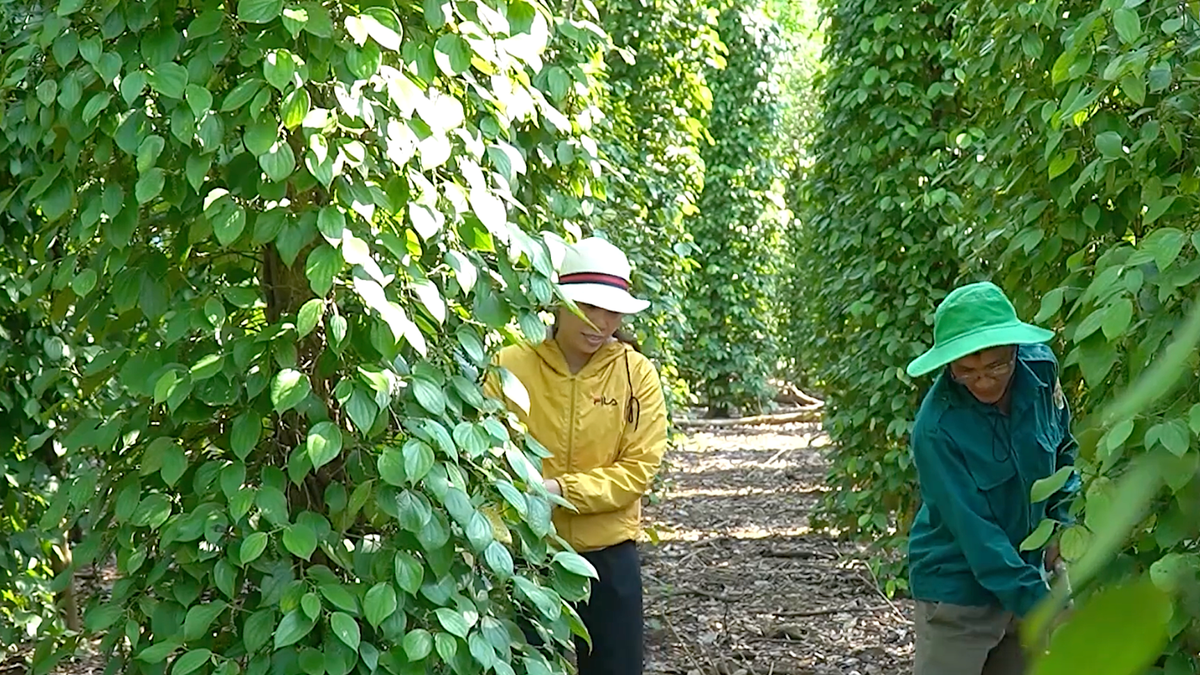

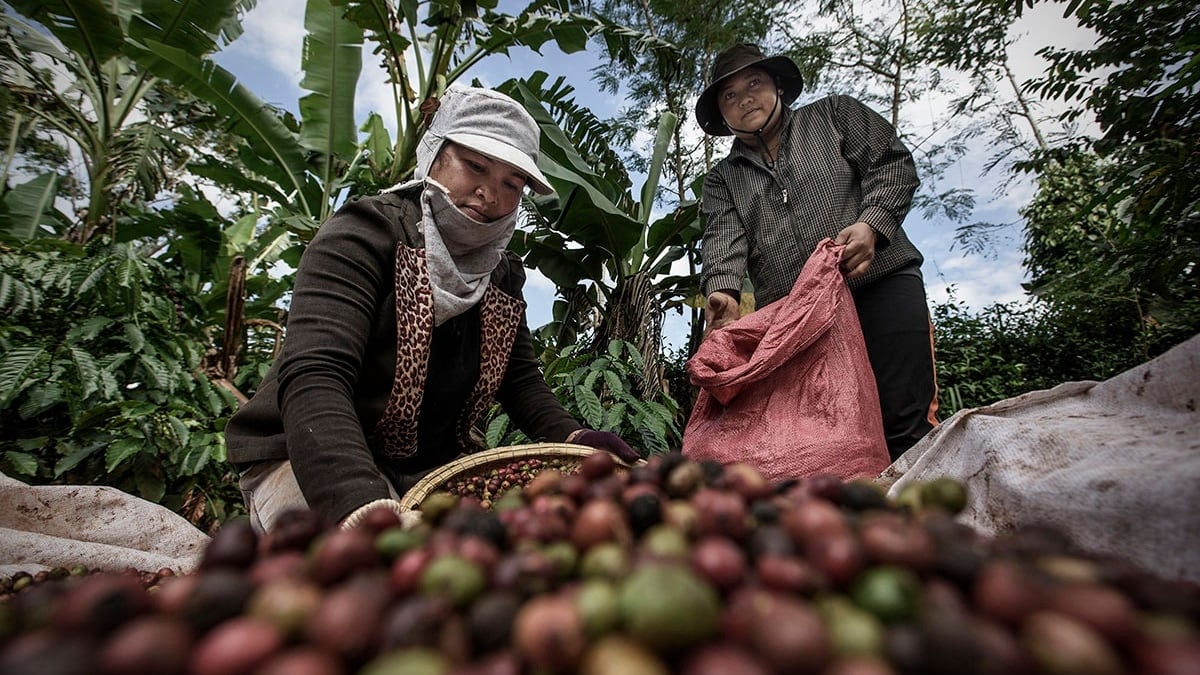































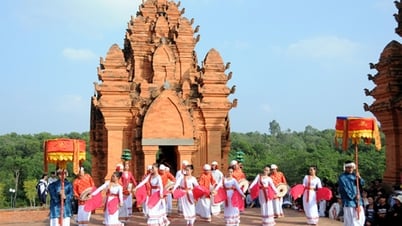



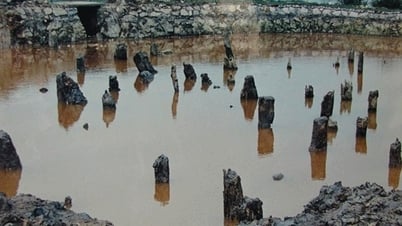





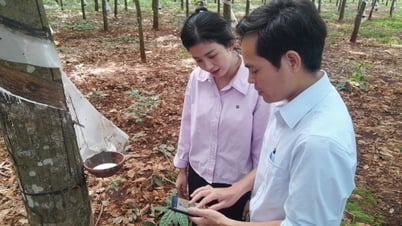

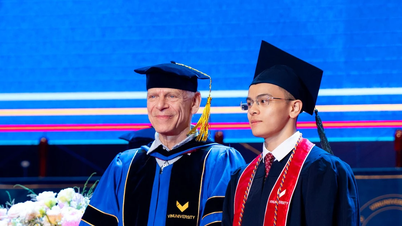










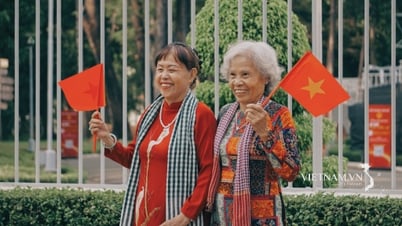













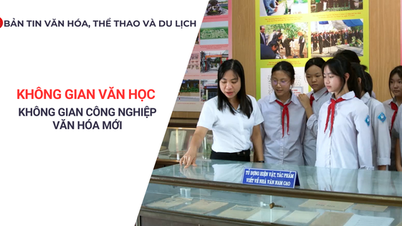

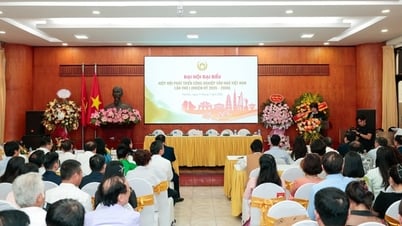






















Comment (0)